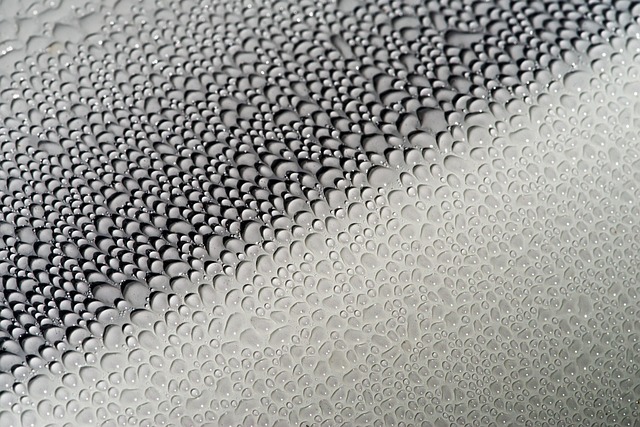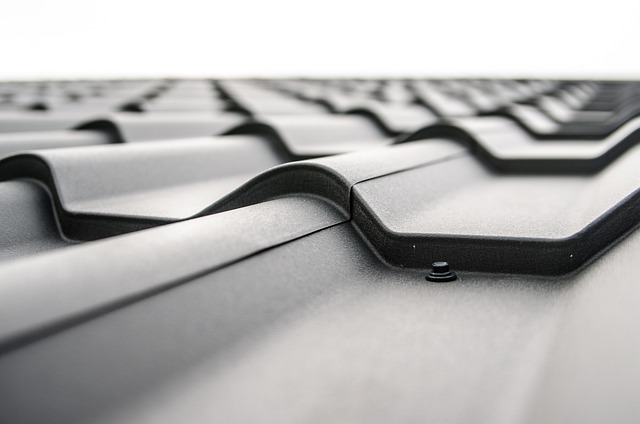Tile sealing is a crucial process that protects flooring from moisture, stains, and damage, extending tile lifespan and promoting eco-friendliness. Using protective sealers creates a barrier against contaminants, preventing water absorption and oil stains. Eco-friendly options, such as silicone, polyurethane, and plant-based biopolymers, offer safe alternatives to traditional sealants while reducing waste and enhancing sustainability. Proper application and maintenance ensure tile durability, aesthetics, and a healthier indoor environment. Tile sealing is widely adopted in commercial and residential settings for water conservation, reduced maintenance, and increased property value, demonstrating its effectiveness as an efficient, eco-friendly surface solution.
Discover the power of eco-friendly tile sealing in this comprehensive guide. Learn how this innovative process not only protects your tiles but also contributes to a greener environment, making it an ideal choice for sustainable homes and businesses. From understanding the basics to exploring different sealant types and application methods, we’ll walk you through everything you need to know. Uncover real-world success stories and expert tips for maintaining your eco-friendly sealed tiles.
Understanding Tile Sealing: The Basics

Tile sealing is a crucial process that protects your flooring from moisture, stains, and other damaging elements. It involves applying a protective layer to the tiles, usually in the form of a sealer, which creates a barrier between the tile surface and potential contaminants. This simple yet effective method is an essential part of maintaining eco-friendly spaces, as it extends the lifespan of your tiles, reducing the need for frequent replacements.
The basics of tile sealing are straightforward. First, you choose a suitable sealer that matches your tile material and desired finish. Then, you apply the sealer evenly across the tile surface using appropriate tools like brushes or rollers. After the sealer dries, typically within a few hours, a protective layer is formed, making the tiles more resistant to water absorption, oil stains, and everyday wear and tear. This simple process can significantly enhance the appearance and durability of your tiles, contributing to a healthier and more sustainable indoor environment.
Benefits of Eco-Friendly Tile Sealing

Eco-friendly tile sealing offers numerous advantages for both homeowners and the environment. One of its key benefits is the reduction of chemical exposure, as these products are designed to minimize the use of harmful substances commonly found in traditional sealers. This is particularly important in spaces like kitchens and bathrooms where tiles are frequently exposed to water and moisture, making eco-friendly sealing a safer option for families and the planet.
Additionally, eco-friendly tile sealing contributes to sustainability by promoting longevity in tile surfaces. These sealants often contain natural or recycled materials that protect tiles from stains, dirt, and moisture without damaging the environment. By extending the lifespan of tiles, it reduces the need for frequent replacements, lessening the demand for new resources and construction waste.
Types of Eco-Friendly Sealants Available

When it comes to eco-friendly tile sealing, there’s a range of options available that offer both performance and sustainability. One popular choice is silicone-based sealants, known for their water repellency and flexibility. These are often derived from natural resources and can be easily recycled, making them an environmentally conscious option. Another type is the polyurethane sealer, which provides excellent protection against moisture and stains while maintaining breathability, reducing the risk of mold growth.
Additionally, organic and non-toxic sealants made from plant-based components are gaining traction. These biopolymers not only protect tiles but also contribute to a healthier indoor environment by eliminating harmful chemicals often found in traditional sealants. With various options catering to different needs and preferences, consumers can now make informed choices that align with their commitment to ecological preservation without compromising on tile protection.
Application Process: A Step-by-Step Guide

Tile sealing is a straightforward process that can significantly enhance the durability and aesthetics of your tiles. Here’s a step-by-step guide to help you navigate the application process effectively:
1. Preparation: Begin by thoroughly cleaning the tile surface with mild soap and warm water. Dry the tiles completely to ensure no moisture remains, as this could compromise the bonding of the sealer. Repair any damaged or loose tiles before proceeding, as these issues can affect the overall effectiveness of the sealing process.
2. Choose the Right Sealer: Select a high-quality eco-friendly tile sealer suited for your specific needs. Consider factors like surface type (porcelain, ceramic, etc.), desired finish (matte, glossy), and environmental impact. Follow the manufacturer’s instructions regarding preparation and application to ensure optimal results.
3. Apply the Sealer: Using a brush or roller, evenly apply the sealer to the tile surface. Start from one corner and work your way across, ensuring complete coverage without overlapping. Allow the first coat to dry as per the product guidelines, typically within 24 hours. Apply additional coats if needed, following the same pattern for even distribution.
4. Final Touches: Once the final coat is dry, inspect the tiles for any missed spots or uneven areas. Touch up as necessary with a clean cloth to achieve a uniform finish. Enjoy your now-sealed tiles, knowing they’re protected against stains, water damage, and wear while maintaining an eco-friendly approach.
Choosing the Right Sealer for Your Tiles

When considering eco-friendly tile sealing, the first step is understanding your tiles and choosing the right sealer. Different types of tiles—from ceramic to natural stone—require specific sealers tailored to their unique properties. For instance, a water-based sealer might be ideal for ceramic tiles due to its low VOCs (Volatile Organic Compounds) and easy cleanup, while a silicone-based sealer could offer better protection for natural stones.
Additionally, consider the climate you live in and traffic levels on your tiled surfaces. Sealers with enhanced durability are recommended for high-traffic areas or regions with harsh weather conditions. Always read product labels to ensure the sealer is indeed eco-friendly, free from harmful chemicals, and meets industry standards for tile sealing.
Maintenance and Care Tips for Eco-Friendly Sealed Tiles

Maintaining eco-friendly sealed tiles is an easy task if you follow a few simple tips. Regular vacuuming or sweeping is essential to prevent dirt and debris from settling into the pores of the tile surface, which can reduce its water repellency over time. Avoid using harsh chemicals for cleaning as they may compromise the environmental benefits of your eco-friendly sealing. Instead, opt for natural cleaners like vinegar or baking soda solutions, which are effective yet gentle on both tiles and the planet.
Additionally, ensure proper drainage after washing to prevent water from standing on the tiles, as this can encourage mold growth. Regularly inspect sealed tiles for any signs of damage or wear, and promptly repair or replace any affected areas. By implementing these care practices, you’ll extend the life of your eco-friendly tile sealing, maintain its aesthetics, and contribute to a more sustainable living environment.
Real-World Applications and Success Stories

In real-world applications, tile sealing has proven to be a game-changer for many industries and household owners alike. From commercial spaces like restaurants and hotels to residential properties, tile sealing offers a sustainable solution for maintaining clean and durable surfaces. Success stories abound of facilities that have reduced their water consumption significantly after implementing tile sealing, thanks to its waterproof properties.
One notable example is the renovation of an old public pool where traditional cleaning methods required immense amounts of water. After installing eco-friendly tile sealing, the facility saw a substantial decrease in water usage while ensuring faster and more efficient cleaning processes. This not only saved them costs but also contributed to their overall sustainability goals. Similarly, many homeowners have attested to the longevity and aesthetic appeal of sealed tiles, enhancing the value of their properties while minimizing maintenance efforts.
